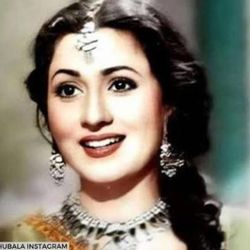

The girls who escaped the cruel custom of infanticide were married very young that is between the ages of five years to eghteen years, having no opportunity for the improvement of their mental or physical self. Thus child marriage means that the girl child from the moment of her childhood to death undergoes one continuous life long suffering as a child-wife, as a child-mother and very often as a child-widow. The practice of child marriage was responsible for the high rate of infant mortality. The custom is answerable for millions of widows in the country, abnormal deliveries, prolonged illness of mother after confinement, sterility in some cases and prolonged debility or chronic diseases in others.
Child marriage in modern India has been a much debated and publicised issue. A focus on this issue is particularly significant because it is the first social reform issue in which organized women played a major role in both the development of arguments, asap case against child marriage, and the work of political petitioning. Indian social reformers like Raja Rammohan Roy, IIshwar Chandra Vidyanagar, Keshab Chandra Sent and Behramji Malabari brought the issue of child marriage at the forefront of debate in and outside the legislature.
The marriageable age fixed under the Brahmo Act 1872, as it later came to be known the Native Marriage Act, for girls was 14 years and boys 18years. Under this Act, bigamy, polygamy and infant marriages were made impossible. Sent sought to promote social reforms through schools and organizations which would educate people against social evils. In fact the development of the various Indian women's national organizations, their efforts to cooperate with one another, and their relationships with Indian males, British officials, and British women can be viewed through the issue of child marriage in the second half of the 1920s.
The issue of child marriage had for long remained a thorny issue in British India. The British missionaries and officials expressed their horror of pre-puberty marriage which many Indians explained as only the first marriage to be followed by the Garbadhan (consummation) ceremony immediately after the attainment of puberty. In 1860 the criminal code set the age of consent for both married and unmarried girls at ten years. The issue reappeared in the 1880s and in 1891 the criminal code was amended to raise the age of consent to twelve years. This meant that the age of the female when the marriage was consummated could now be publicly questioned, a definite proof that the British were carrying out their civilising mission in India. However, there were no convictions under the Act until thirty years later.
Main causes of child marriage










